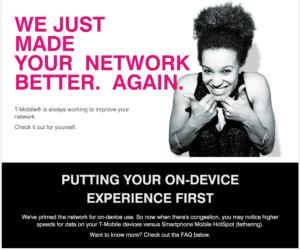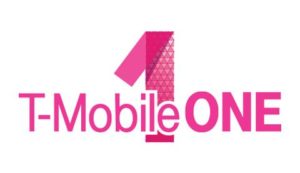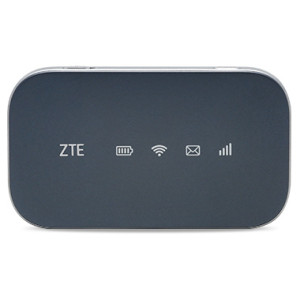
T-Mobile today began sending out emails to customers prominently notifying them that T-Mobile was making its network "better" by "putting your on-device experience first".
Or in other words - by slowing down (relative) tethering speeds when the network is under heavy load.
T-Mobile explains:
"We've primed the network for on-device use. So now when there's congestion, you may notice higher speeds for data on your T-Mobile devices versus Smartphone Mobile HotSpot (tethering)."
This email was distressing news indeed for any T-Mobile customers who happen to be more focused on tethering than on-device data usage.
How big of a change is this really?
Table of Contents
Policy Went Into Effect In September

We noticed some new fine print when the T-Mobile One plan was announced in August, and mentioned it in our story covering the new plans:
"Smartphone and tablet usage is prioritized over Smartphone Mobile Hotspot (tethering) usage, which may result in higher speeds for data used on smartphones and tablets."
We've confirmed with T-Mobile today that this shift in network optimization and traffic prioritization now applies to ALL T-Mobile plans, both new T-Mobile One plans and older Simple Choice plans.
Even business plans are impacted by this change in policy
Tethered data is now treated differently at the network level across the board.
Presumably the reason T-Mobile is doing this is because T-Mobile now offers officially unlimited high-speed tethering on the T-Mobile One+ plan, and T-Mobile needs a way to make sure that tethering traffic does not overwhelm their primary mobile device traffic.
Smartphones and tablets have a relatively modest appetite for on-device data - mobile operating systems and apps actually show restraint when they are on a direct cellular connection.
But demand for data is essentially boundless over Wi-Fi (and thus over tethering), and it is only getting worse. OS updates and cloud syncing can easily burn through dozens of gigabytes a day, and T-Mobile wants to be able to put that traffic in the slow lane when the towers get overloaded.
But for those that rely on tethered data for critical work, the threat of the slow lane always looming may be unnerving.
T-Mobile Predicts Slowdowns Will Be “Rare”
T-Mobile does not expect that many customers will even notice the change in policy, predicting that:
"In the vast majority of times and places, you should notice little if any difference between your T-Mobile device and Smartphone Mobile HotSpot data speeds. But in the small number of times or locations where there's network congestion, you may notice reduced data speeds with using Smartphone Mobile HotSpot."
We will be paying close attention to reports from T-Mobile customers to see just how rare this deprioritization ends up being in practice.
If you experience your tethered devices in the slow lane, do send us a report letting us know what on-device and tethered speeds you are seeing, and how long the slowdown lasts.
Applies to Tethering Only - Not To Hotspots

We reached out to ask T-Mobile if dedicated Mobile Hotspots (like the ZTE Falcon Z-917) will be thrust into the same deprioritized slow lane on congested towers as devices tethered to a hotspot or smartphone.
It turns out that dedicated mobile hotspots will NOT be slowed down.
T-Mobile explains:
"A hot spot is considered an on-device/primary use. This only effects tethering."
As part of the focus on the fully unlimited T-Mobile One plan, we've noticed that T-Mobile has recently removed dedicated hotspots from its website.
But these devices are still available in T-Mobile stores with metered data Simple Choice plans, and T-Mobile tells us that they will continue to be offered into the future.







 Mobile Internet Resource Center (dba Two Steps Beyond LLC) is founded by Chris & Cherie of
Mobile Internet Resource Center (dba Two Steps Beyond LLC) is founded by Chris & Cherie of